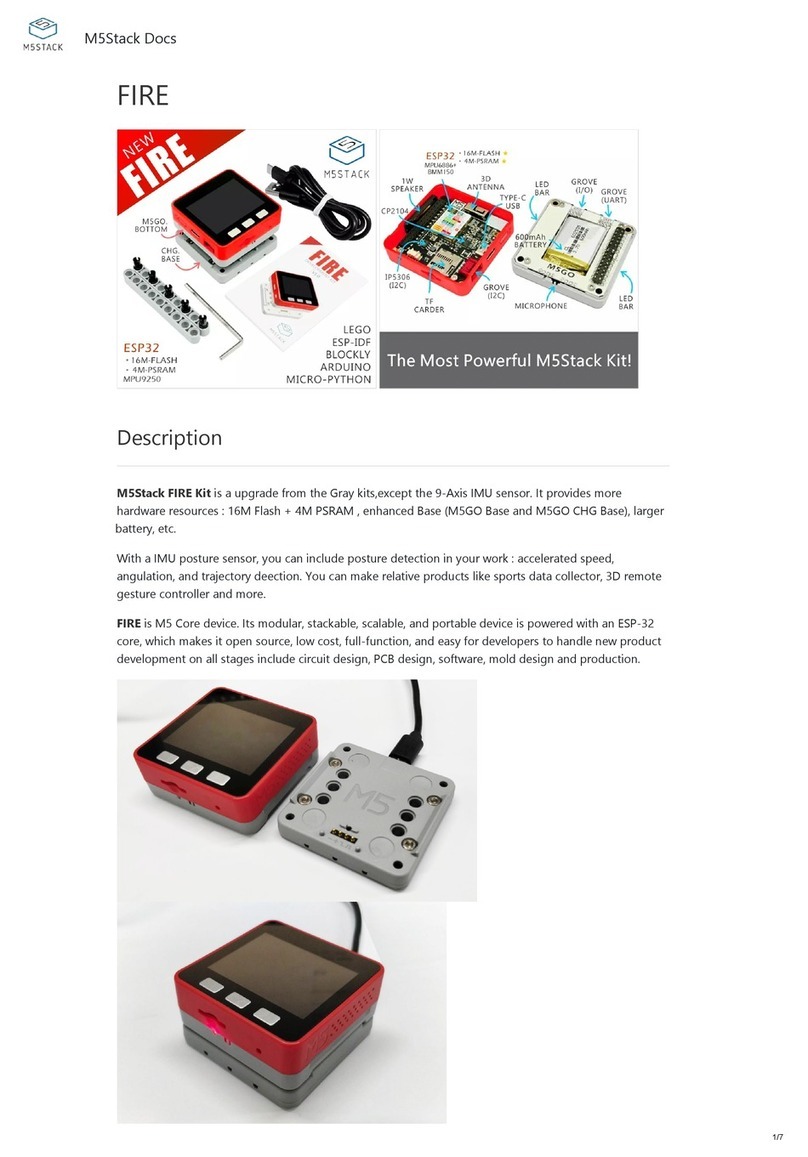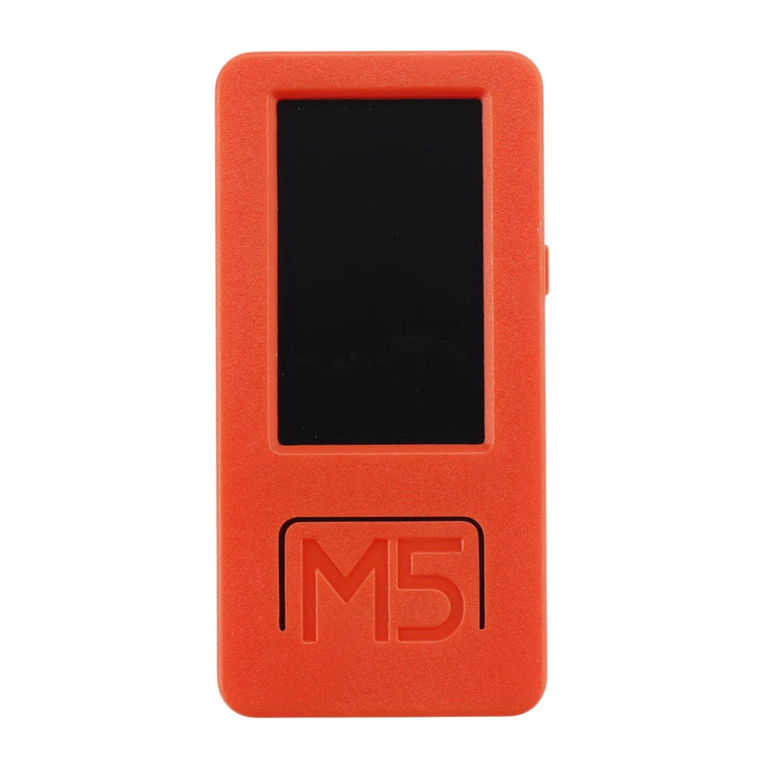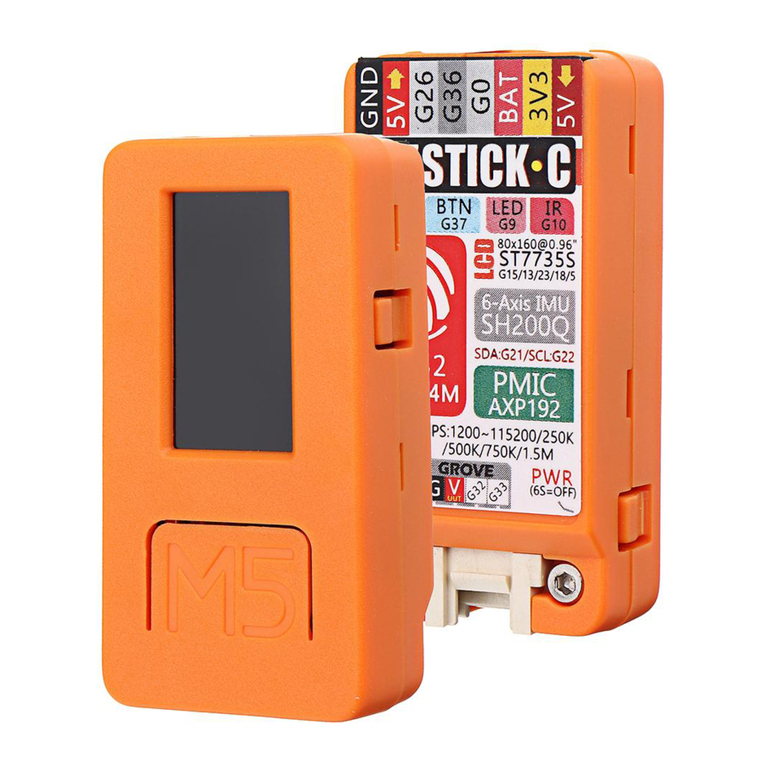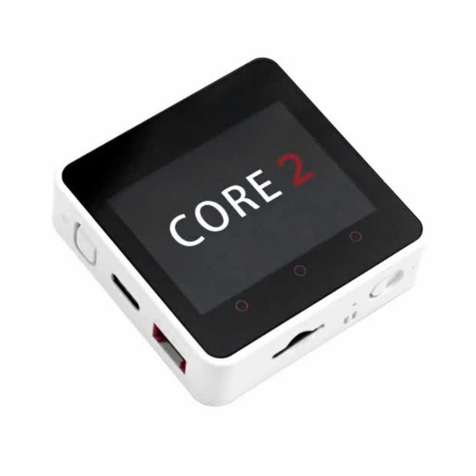
6
1.4. RTC MANAGEMENT AND LOW POWER
CONSUMPTION
ESP32 uses advanced power management techniques may be switched between
different power saving modes. (See Table 5).
•
Power saving mode
- Active Mode: RF chip is operating. Chip may receive and transmit a sounding
signal.
- Modem-sleep mode: CPU can run, the clock may be configured. Wi-Fi /
Bluetooth baseband and RF
- Light-sleep mode: CPU suspended. RTC and memory and peripherals ULP
coprocessor operation. Any wake-up event (MAC, host, RTC timer or external
interrupt) will wake up the chip.
- Deep-sleep mode: only the RTC memory and peripherals in a working state. Wi-
Fi and Bluetooth connectivity data stored in the RTC. ULP coprocessor can work.
- Hibernation Mode: 8 MHz oscillator and a built-in coprocessor ULP are
disabled. RTC memory to restore the power supply is cut off. Only one RTC clock
timer located on the slow clock and some RTC GPIO at work. RTC RTC clock or
timer can wake up from the GPIO Hibernation mode.
•
Deep-sleep mode
- related sleep mode: power save mode switching between Active, Modem-sleep,
Light-sleep mode. CPU, Wi-Fi, Bluetooth, and radio preset time interval to be
awakened, to ensure connection Wi-Fi / Bluetooth.
- Ultra Low-power sensor monitoring methods: the main system is Deep-sleep
mode, ULP coprocessor is periodically opened or closed to measure sensor data.
The sensor measures data, ULP coprocessor decide whether to wake up the main
system.
Functions in different power consumption modes: TABLE 5































